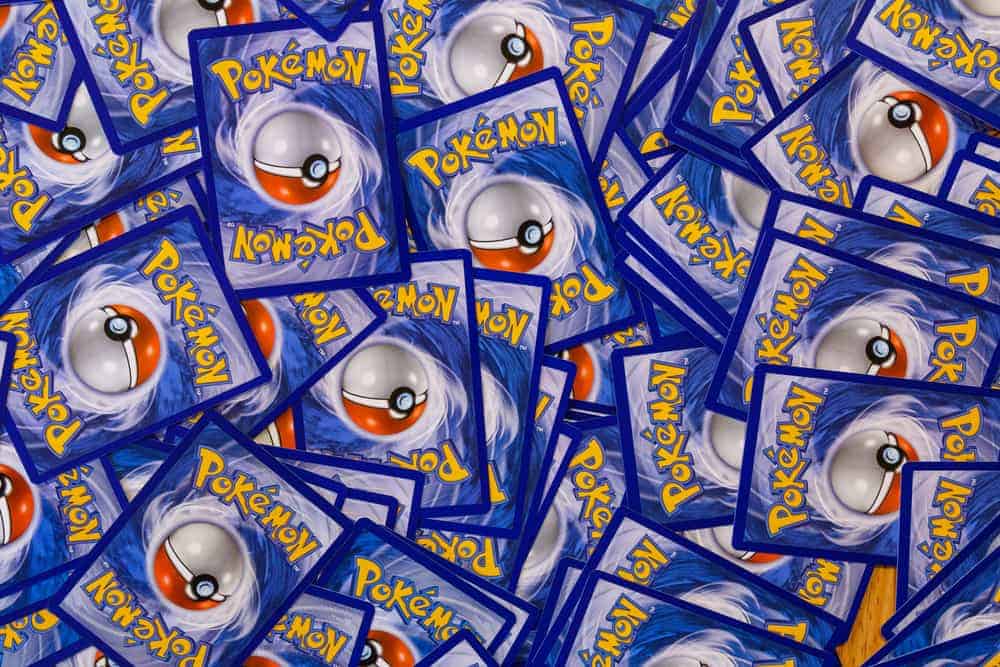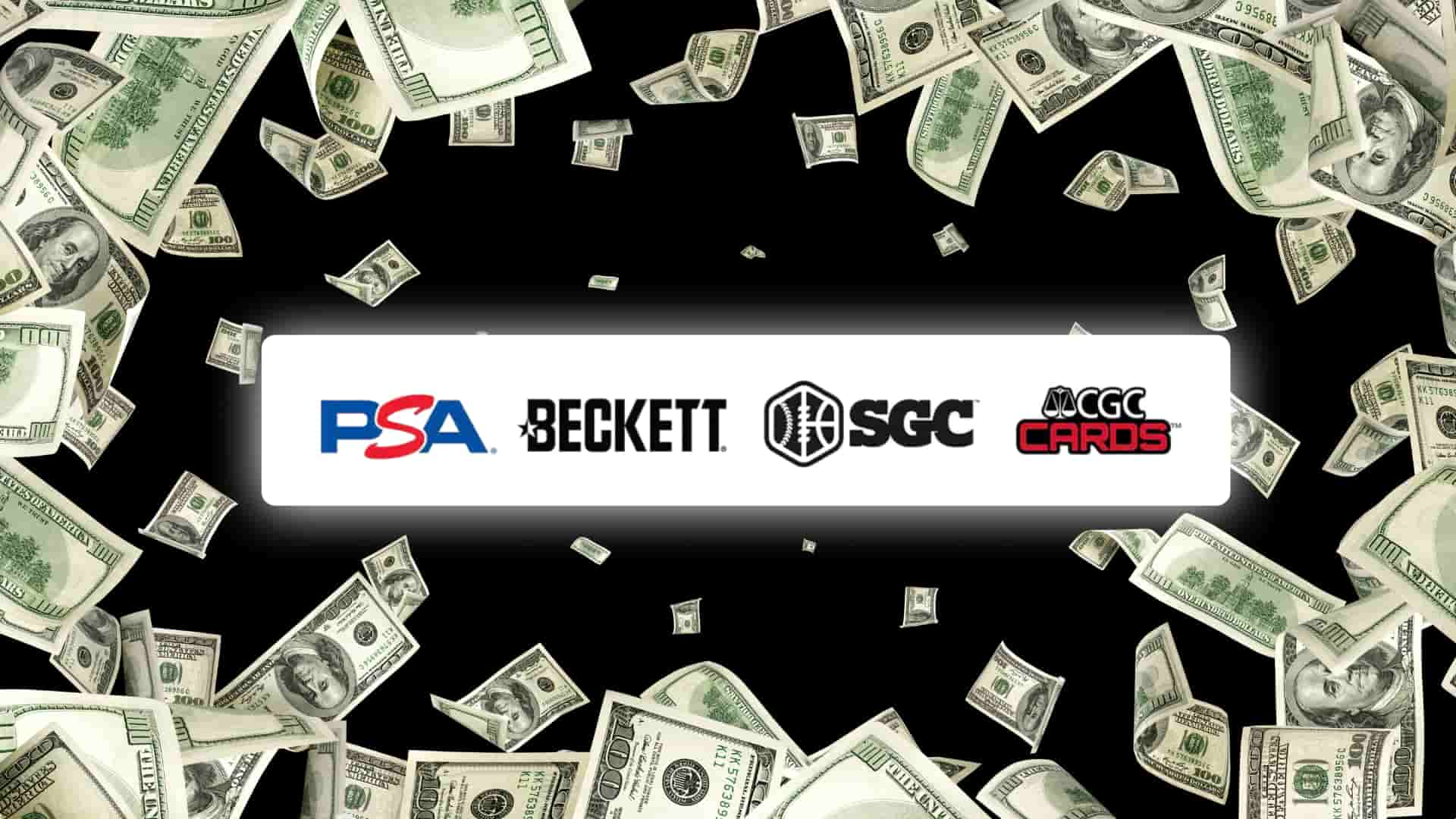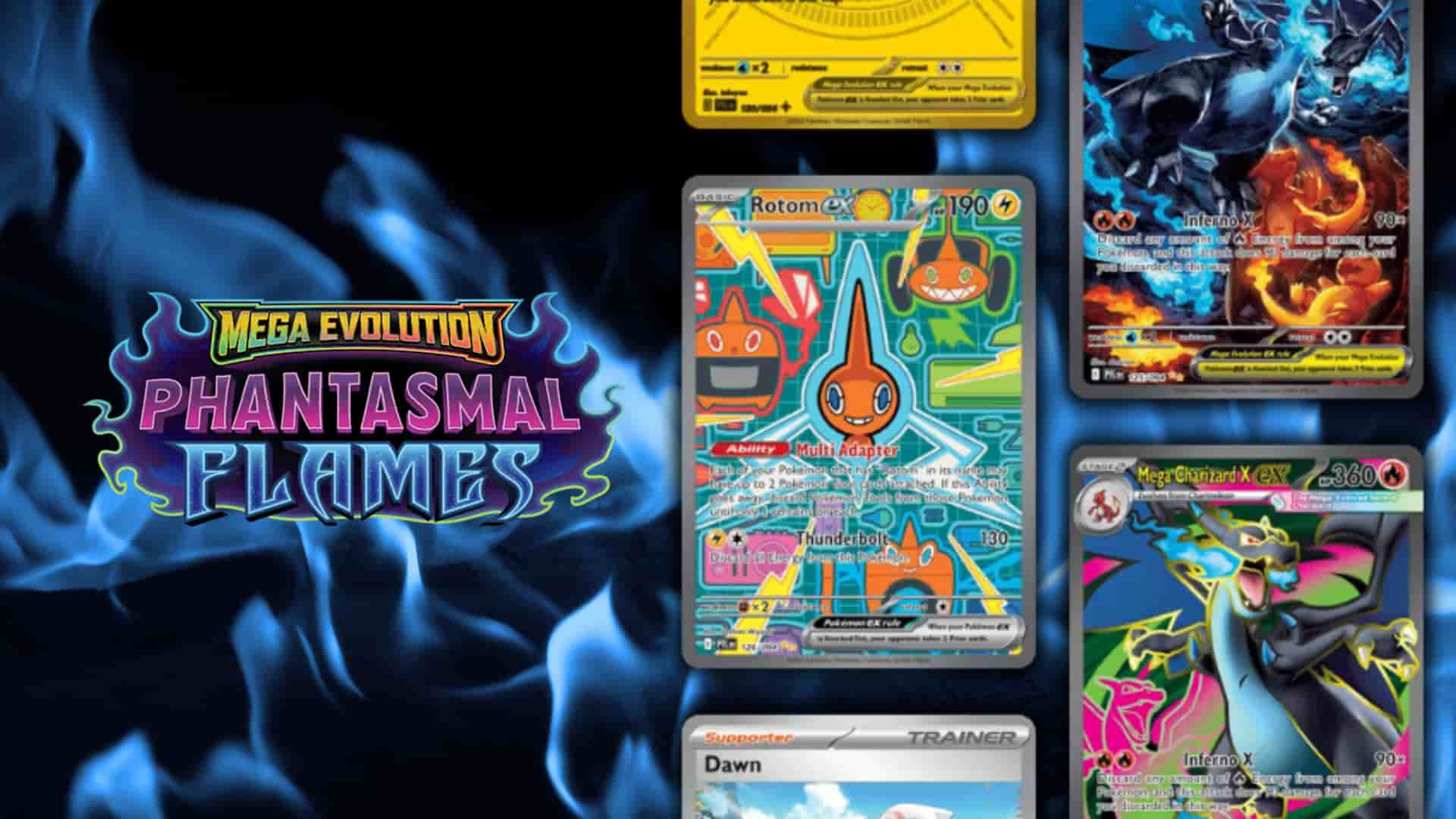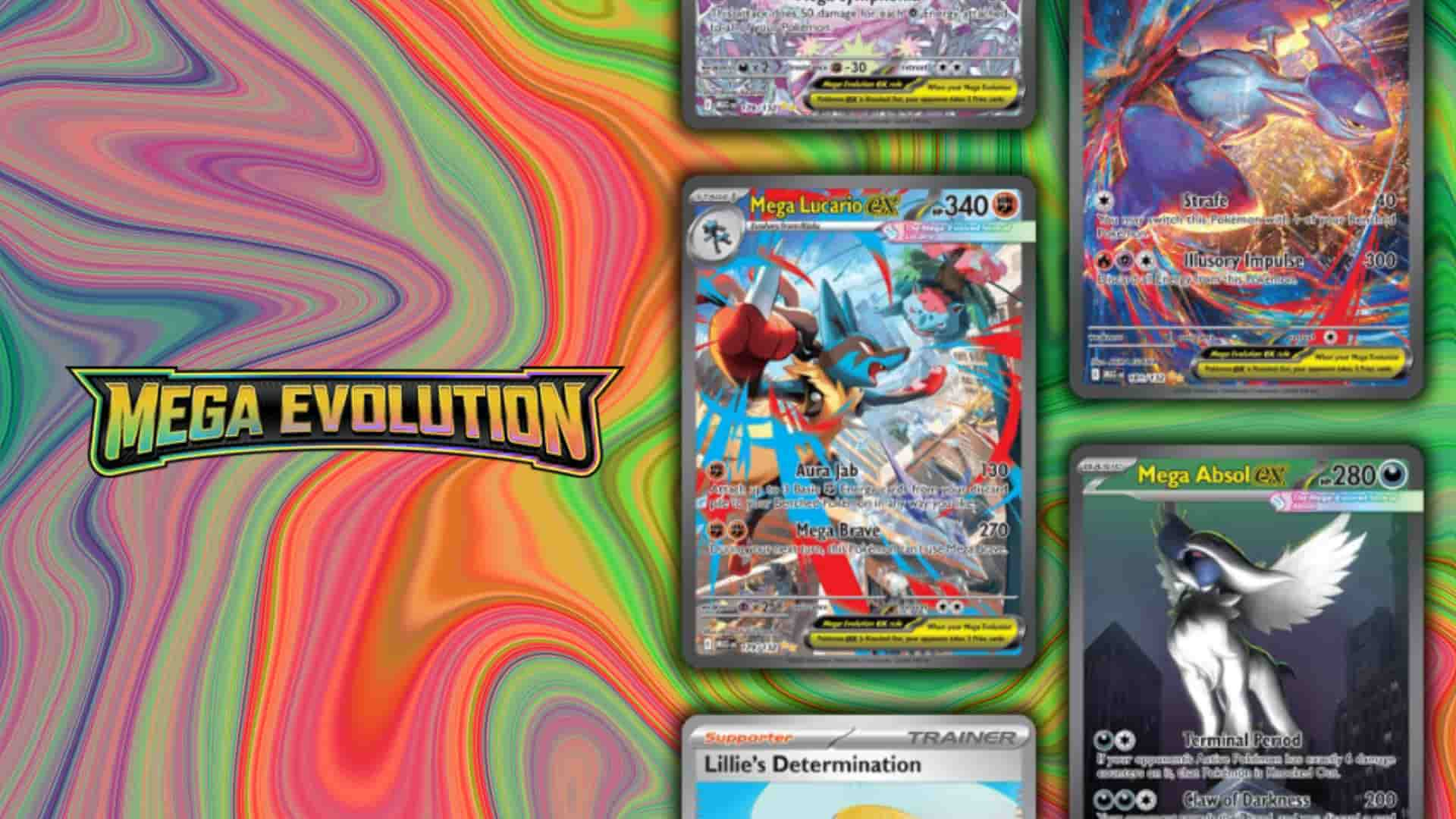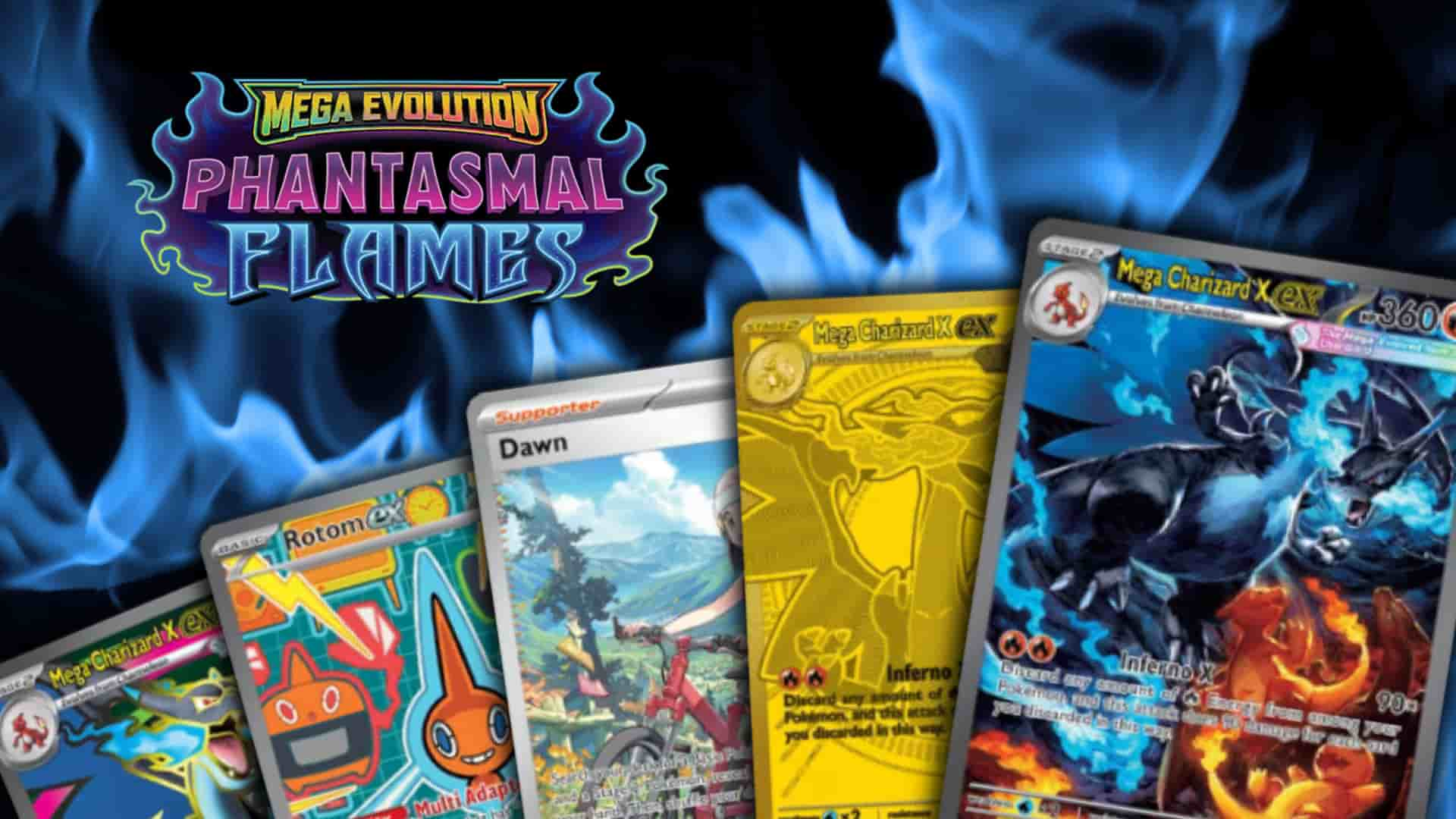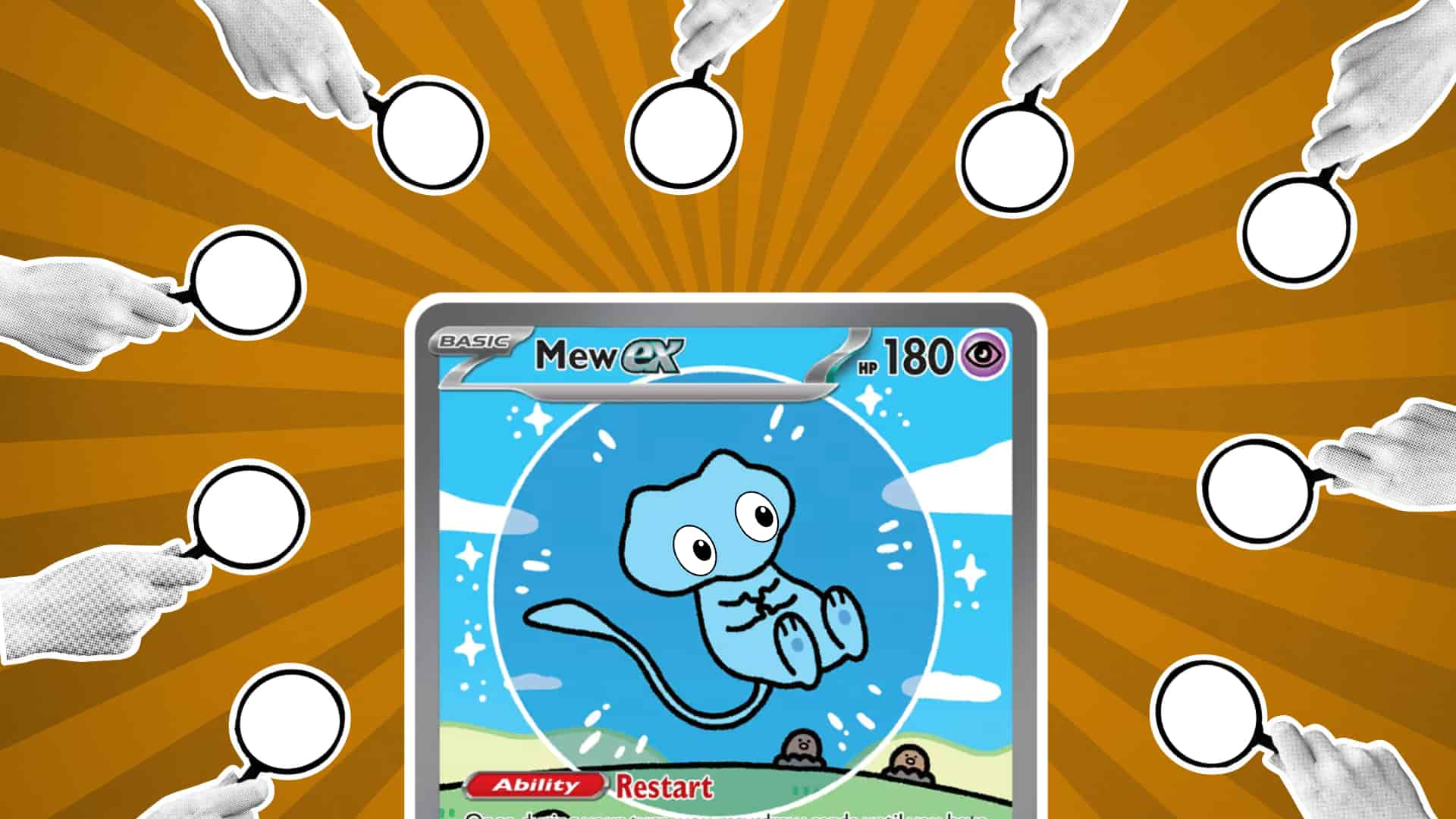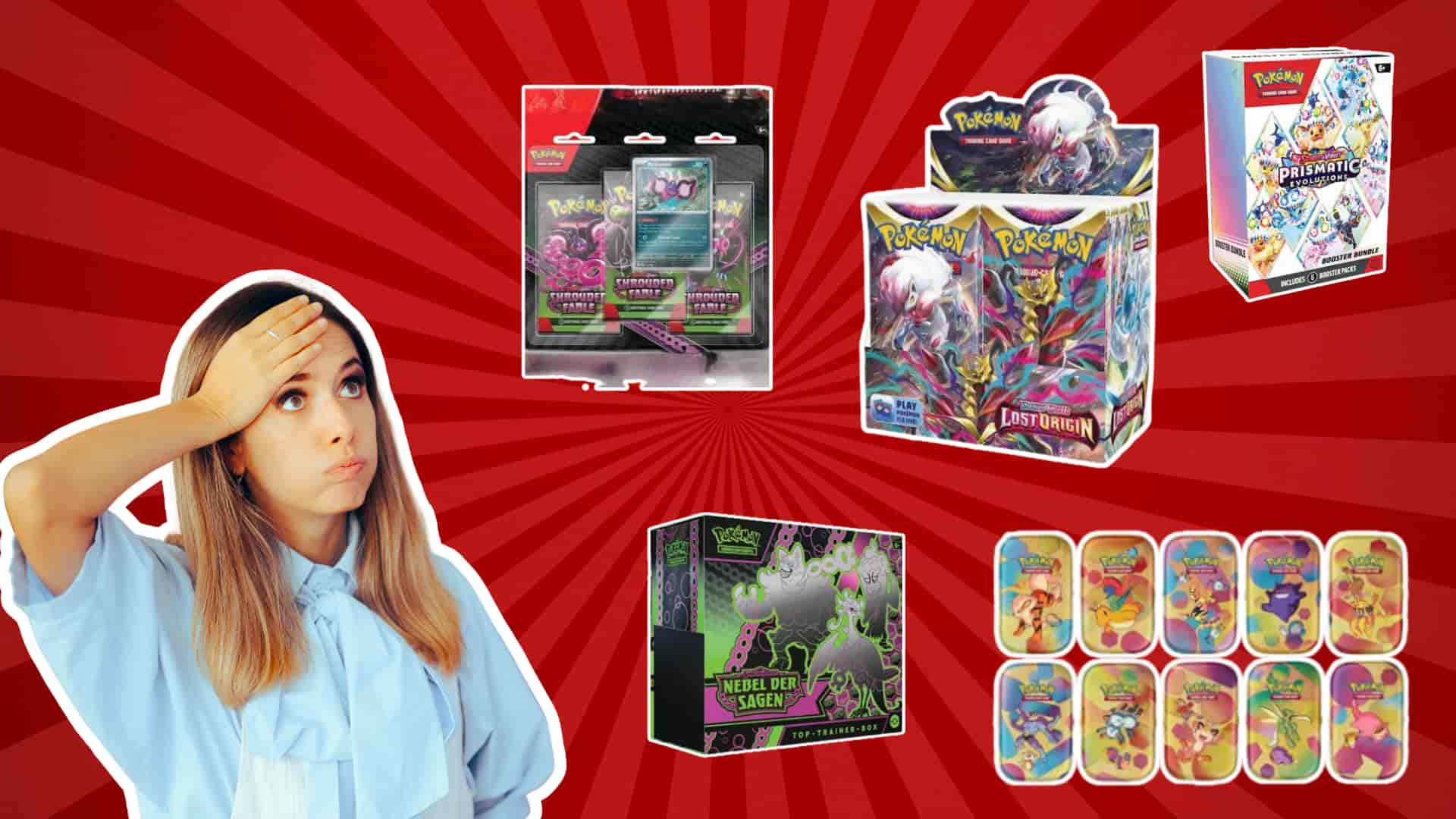So, you’ve just seen it. That jaw-droppingly beautiful Special Illustration Rare of your favorite Pokémon from the brand-new expansion, perhaps a stunning new artwork of a classic like Lugia or a fresh take on a modern fan-favorite.
It’s the undisputed talk of the town across social media, every YouTuber and their dog seems to be pulling it in their latest video, and you’ve developed an almost primal need to have it for your collection.
You rush online to your go-to marketplace, heart pounding with anticipation, only to be met with a price tag that could rival a weekend getaway or a month’s worth of groceries. What gives? Does a small piece of cardboard truly command that kind of value just days after its release? This jarring experience is a rite of passage for modern collectors.
If you’ve ever felt that dizzying sticker shock, you’re not alone, and you haven’t stumbled into an alternate reality where Pidgeys are now worth their weight in gold. Welcome, fellow collector, to the wild, wonderful, and often wallet-draining world of new Pokémon TCG expansion launches.
Those eye-watering prices you’re seeing are not an anomaly; they are a feature of the modern collecting landscape, driven in part by just how popular Pokémon cards are right now. That’s what we can call the “peak launch window phenomenon,” a totally normal, if a bit crazy, cycle in the trading card game universe that has become more pronounced in recent years.
Let’s break down exactly why this happens, what you can expect in the coming months, and how you can play the long game to build your collection without succumbing to the initial madness.
The Perfect Storm: What Fuels the Initial Hype?
It’s a classic case of economics, really, but with a unique, pop-culture-fueled twist. The initial price explosion isn’t caused by a single factor but by a perfect storm of high, frantic demand and an initially low, slowly trickling supply.
This fundamental imbalance is then whipped into a frenzy by a few other key ingredients that are unique to the world of modern collectibles. The result is a volatile, fast-moving market where prices can change not just daily, but hourly, driven by a potent mix of emotion and speculative fervor that is fascinating to observe.
The Scarcity Scare and Fear of Missing Out (FOMO)
Let’s be real, a huge part of the thrill of a new set is the unknown, the grand treasure hunt. In those first few days and weeks, no one is quite sure how hard it will be to pull that one card everyone wants. Is it a one-in-a-hundred-packs kind of deal, or will it be as common as a Pidgey in Viridian Forest?
This initial scarcity, whether real or perceived, creates a powerful sense of FOMO. To understand this, it helps to know about the different Pokémon card rarities and their pull rates, as collectors see a handful of cards with the double gold star popping up on eBay and TCGPlayer and think, “I need to get this now before it’s gone forever!”
For instance, when the Giratina V Alternate Art from Lost Origin first debuted, its stunning and intricate artwork immediately captured the community’s imagination. This belief that it was the definitive chase card of the set created a buying panic that saw prices peak within the first week of release.
The Speculator’s Gambit
Of course, where there’s hype, there are investors, or more accurately, speculators. A growing and increasingly influential number of people in the Pokémon TCG community aren’t just collectors driven by passion; they’re speculators driven by profit.
They see these hot new cards, drenched in community hype, as a potential short-term investment. Their goal is to snap up multiple copies as early and as cheaply as possible, sometimes even during the pre-release phase, with the express intention of “flipping” them for a significant profit as the hype builds and FOMO peaks. T
This speculative buying adds another immense layer of artificial demand, constricting the early supply available to genuine collectors and further driving up those initial prices. They effectively act as market makers, setting a high price ceiling that the average collector then has to contend with, turning a hobby into a high-speed stock market.
The Influencer Effect
You absolutely cannot have a conversation about modern Pokémon card prices without dedicating a significant portion to the massive impact of YouTubers, Twitch streamers, and other online influencers.
When your favorite content creator, with an audience of hundreds of thousands, pulls that stunning Charizard and their reaction is off the charts—filled with genuine shock, joy, and excitement—it creates a powerful ripple effect. Suddenly, thousands of their viewers want to experience that same emotional high, and the demand for that specific card skyrockets.
A prime example is the Umbreon VMAX Alternate Art from Evolving Skies. While always a popular Pokémon, the sheer volume of high-profile streamers pulling the card and declaring it the “chase” of the modern era cemented its legendary status and sent its price into the stratosphere, where it has remained.
The influencer doesn’t even have to pull the card; simply showcasing it and calling it a personal favorite can be enough to sway market sentiment and create a new, must-have item, demonstrating the immense power of parasocial relationships in this ecosystem.
The Japanese Market: The Crystal Ball of Card Prices
A crucial element that savvy collectors have learned to watch is the Japanese Pokémon TCG market. Japan’s expansion releases typically precede the international, English-language releases by several weeks, and this time gap provides an invaluable window into the future.
The trends, pull rates, and, most importantly, the chase cards that emerge from the Japanese release serve as a crystal ball for the rest of the world. While not a perfect science, it helps answer the question of whether Japanese or English cards are worth more. For example, the Iono Special Illustration Rare from the Japanese set Clay Burst saw an unprecedented price spike upon its release in Japan.
This gave international collectors a clear heads-up that this card was going to be the chase card of the English Paldea Evolved set, allowing them to mentally and financially prepare for the incoming hype wave. Watching the Japanese market can help you identify which cards to prioritize, which might be overhyped, and what a “realistic” settled price might look like, giving you a significant strategic advantage.

Track Your TCG Collection
Create your free Card Codex account to monitor card prices, view real-time market trends, and analyse your portfolio’s growth.
Start Tracking Now — It’s FreeThe Inevitable Cool-Down: What Goes Up, Must Come Down
Now for the good news for your bank account and your sanity. While those launch prices can be incredibly intimidating and might make you feel like you’ll never own your chase card, history has shown us that they rarely last.
In fact, for the vast majority of modern Special Illustration Rares and other chase cards, you can expect their prices to settle to around 30-60% of their peak launch price. This cool-down period typically takes about three to six months, a timeline that has proven remarkably consistent across recent sets.
Let’s look at the forces that deflate the hype bubble.
The Supply Catch-Up
This is the most straightforward factor. As more and more booster boxes, Elite Trainer Boxes, and special collections are printed, shipped, and ripped open by the community, the supply of those once-elusive cards naturally and dramatically increases.
That card that seemed impossibly rare and mythical in the first week, with only a few dozen copies available online, suddenly becomes much more attainable as thousands of new copies flood the marketplace. With more copies available on sites like TCGPlayer and eBay, sellers are forced to compete directly with each other on price to attract buyers.
This seller competition is the primary force that inevitably pushes prices down from their speculative peaks to a level more reflective of their actual, long-term supply and demand.
The Speculator’s Exit
Remember those speculators who were aggressively buying in the early days? Their entire strategy is based on timing. Once they see the prices start to plateau, or worse, begin to dip as the supply increases, many of them will decide it’s time to sell off their copies to cash in on their investment and secure their profits.
This coordinated exit, often happening within a few weeks to a month after release, results in a significant flood of cards onto the market. This sudden increase in available listings further intensifies seller competition and helps to bring prices back down to earth much more quickly.
Their early activity inflates the bubble, but their exit is what helps to pop it, ironically benefiting the patient collector they initially priced out.
The Shifting Spotlight
In the fast-paced, constantly evolving world of the Pokémon TCG, there’s always a new set on the horizon. The hype cycle is relentless, as you can see from the complete list of Pokémon sets in order of release.
As the novelty of the current expansion inevitably wears off and the community has had its fill, attention will naturally and predictably shift to the leaks, reveals, and eventual release of the next big thing. That must-have, “grail” card from today will soon be yesterday’s news, replaced by a new, even more exciting chase card from the upcoming set.
For example, the hype surrounding the top cards from Paradox Rift was palpable at launch, but it was quickly overshadowed by the anticipation for Paldean Fates and its shiny offerings. This diminished hype is directly reflected in the card’s price, as the collective FOMO of the community moves on, leaving the card to settle at a more stable, long-term value.
So, What’s a Collector to Do?
The best advice is also the simplest: be patient, Padawan. It can be incredibly tempting to get swept up in the launch day frenzy, but unless you have a specific, time-sensitive reason to buy a card at its peak price (like for an upcoming major tournament), it’s almost always financially wiser to wait.
Let the initial storm pass. Keep an eye on the market trends using sites that track price history, like TCGPlayer or PriceCharting. By simply waiting a few months, you’ll likely be able to snag that coveted card for a fraction of its initial, inflated cost, saving yourself a significant amount of money that can be put towards other cards or even a booster box of the next set.
Ultimately, collecting Pokémon cards should be about the joy of the hobby—the thrill of the hunt, the appreciation of the art, and the connection to the Pokémon you love.
Don’t let the initial hype and the often absurd prices discourage you or lead to impulsive decisions. Understanding what makes a Pokémon card valuable beyond the initial hype is key. The market will always have its wild ups and downs, but with a little bit of knowledge, an understanding of the hype cycle, and a healthy dose of patience, you can strategically and affordably build the collection of your dreams without breaking the bank.
Happy collecting!

